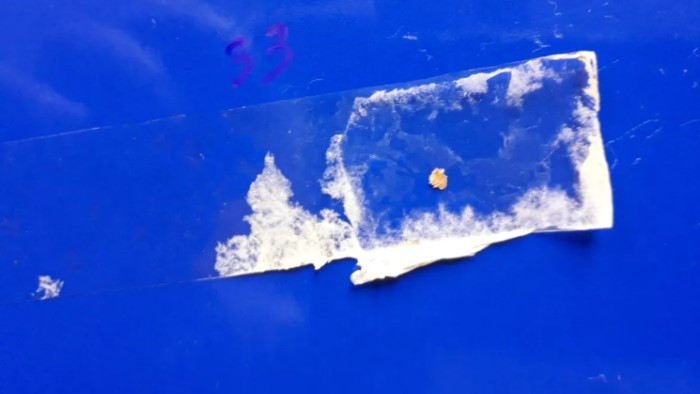From woods to plastics, there is one thing that makes them light but strong.
Polymers.
Polymers are substances that are made of very large molecules, full of repeating structures. This gives them their rigidity. But while polymers provide great strength, they have a big drawback.
These polymers make materials hard to decompose naturally. For something to compost, organisms need to break it down.
But there are very few organisms capable of breaking down wood. The most famous are a group of fungi known as white-rot fungi. These living things feast on the polymer lignin. Hardwood is full of lignin, and these hungry fungi are a big reason why forests aren't full of piles and piles of logs, unable to rot.
But what about plastics and their polymers, like polyethylene? Could fungi break those down, too?
A new study from researchers at the University of Kelaniya in Sri Lanka wanted to find out. And the results are pretty cool!
Nom nom
Many fungi love to eat wood. They are key to breaking down dead and dying trees. (Getty Embed)
White-rot fungi have evolved over millions of years to seek out lignin as their main food source.
But researchers wanted to know that if wood and its lignin weren't on the menu, would the fungi choose to feed on other polymers instead? Such as polyethylene?
It was time to find out!
Munch munch

Mycelium (fungi filaments) grow across and feed on plastic in the experiment. (Harshini Herath)
In their study, the researchers isolated 50 different samples of white-rot fungi taken directly from rotting logs. They then divided them up and separated them into two different groups.
One group was given the option of just feeding on polyethylene plastic. The other group was given a choice between plastic and wood. Then they were left for 45 days.
The results? In the dish with a choice, the fungi mostly preferred the wood. But in the dish where the menu was plastic or nothing, they fed on the plastic, breaking down the polymers and converting them into food. Amazing!
Slow down there
So to fight plastic pollution, all we need to do is put some fungi alone in a room with some trash and we're good? Not so fast.
For starters, the plastic the fungi ate was low density, meaning not as sturdy as most commercial plastics are. Breaking down harder plastics, like say, an old lawn chair, might be a harder challenge for these mushrooms.
Also, you can't just demand that fungi choose to eat plastic. In a natural setting, they will still likely choose to feed on wood.
But still, if there is a possibility of turning a bunch of unwanted plastic into a field of mushrooms, then we should look into that!
 Plastic waste is an enormous problem. This is because plastic does not naturally decompose. (ID
52445342
© Maldives001
|
Dreamstime.com
)
Plastic waste is an enormous problem. This is because plastic does not naturally decompose. (ID
52445342
© Maldives001
|
Dreamstime.com
)








